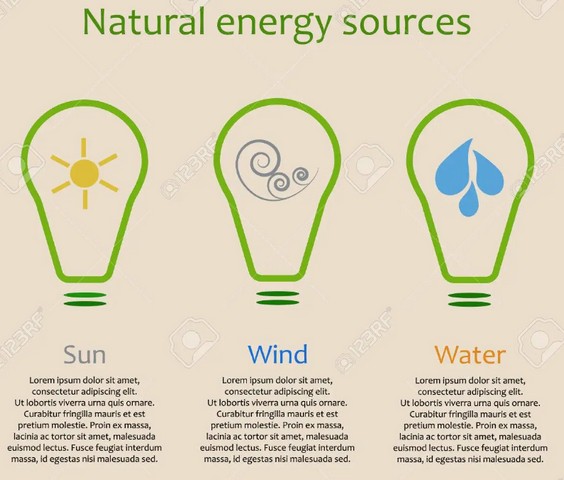The Sarawak government will focus on promoting green energy in the effort to further preserve and protect the world’s ozone layer.
This was said by the Sarawak Premier during the 7th Convocation of Centre For Technology Excellence Sarawak (CENTEXS) on 11January 2023.
Green energy is any energy type that is generated from natural resources, such as sunlight, wind or water.
Difference between green energy, clean energy and renewable energy;
- Green energy is that which comes from natural sources, such as the sun.
- Clean energy are those types which do not release pollutants into the air
- Renewable energy comes from sources that are constantly being replenished, such as hydropower, wind power or solar energy.
The terms ‘green energy’ and ‘renewable energy’ are often used interchangeable, in which the energy sources for the latter may not be entirely green.
Sarawak has potential to generate both green and renewable energy from its natural resources, which is helpful in combating climate change and also to reach its goal of having a net zero carbon future without endangering the environment.
For instance, Sarawak has abundant source of water such as lakes, rivers and rainfall as well as receiving sunlight throughout the year, which can be harnessed to generate solar power.

This can be used to promote the hydrogen industry in the State.
Aside from that, the State also has large amounts of land for the cultivation of biomaterial that can also be utilized to generate electricity, heat, bio-fuels, biogas and bio-hydrogen.
On renewable energy, Sarawak has the potential for developing the renewable energy (RE) sector.
Example of renewable energy is hydropower, energy generated from fast-flowing water.
Earlier this year it was reported that Sarawak may export hydropower to Singapore via submarine cables linking Kuching and the island republic.
The proposed project has been actively pursued after Singapore expressed its keen interest to buy hydropower energy from Sarawak.
Aside from this, it is also said that microalgae is also gaining traction in Sarawak as a renewable source that can offer us a sustainable solution.
Recently, Sarawak launched the Sejingkat Power Algae Pilot Plant, which was the biggest algae farm in the world purpose built to absorb carbon.
Sarawak aimed is to maintain a renewable energy capacity mix of at least 60 per cent, with a specific focus on renewable hydropower and an increase in alternative sources.
On clean energy, Sarawak has experienced a notable shift towards decarbonization, resulting in a 72 percent reduction in grid emission intensity between 2010 and 2020
Sarawak’s energy generation mix has undergone a successful transition from 92 per cent reliance on fossil fuels in 2010 to 70 per cent hydropower by 2015, supplemented by thermal resources for energy security.






